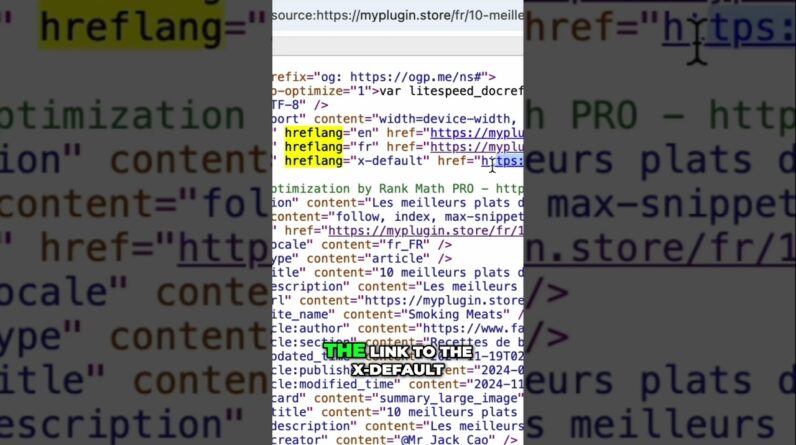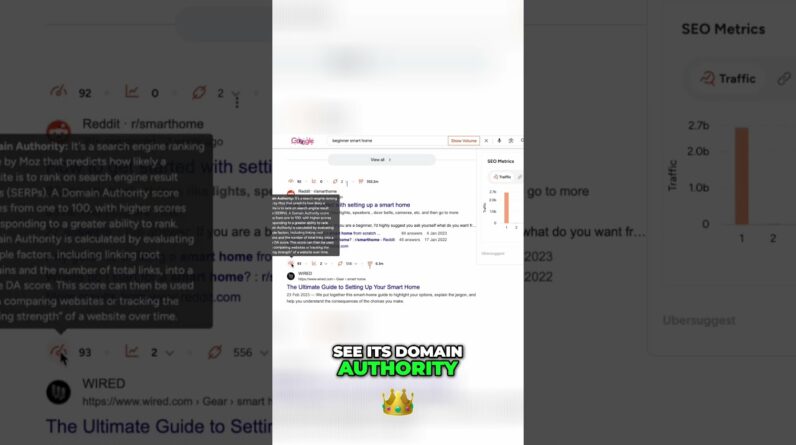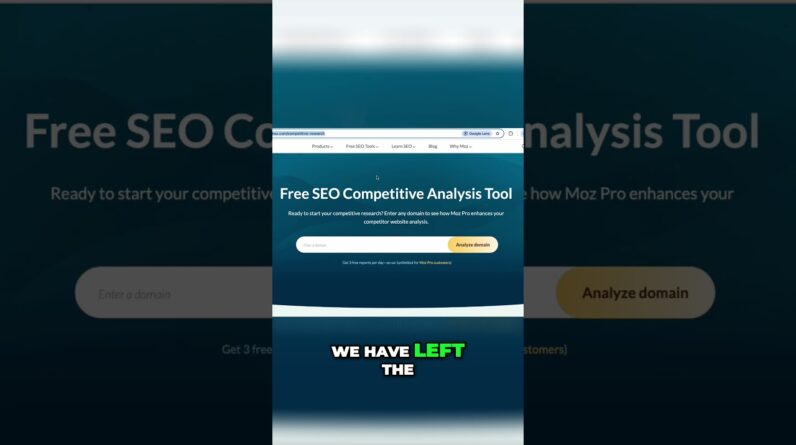
As an experienced SEO writer, I have acquired valuable insights into the strategies that can help to ensure that your translated pages rank effectively on Google. Let me guide you through the essential steps to optimize your multilingual content and improve your search engine visibility.
How to Get Your Translated Pages to Rank on Google
Introduction
Hi there, fellow digital nomads! Today, I’m excited to share with you some insider tips on how to get your translated pages to rank on Google. As someone who is passionate about expanding my online presence globally, I understand the importance of optimizing my content for international audiences. Let’s dive into the world of SEO, translation, and the powerful tool called hreflang.
Understanding Hreflang for SEO Success
First things first, understanding how hreflang works is crucial for me to target the right audience with language-specific content. Hreflang is like a secret code that tells search engines which language and country a specific page is targeting. Implementing hreflang tags correctly can significantly improve my website’s visibility in international search results.
Why SEO and Translation Go Hand in Hand
SEO and translation are like peanut butter and jelly – they complement each other perfectly. Translated pages need to be optimized to rank well on Google, and using hreflang correctly can help me reach a wider audience. It’s essential for me to rank my translated pages on Google to attract organic traffic from different parts of the world.
Optimizing Translated Pages for Better Rankings
To ensure my translated pages rank well on Google, I need to pay attention to SEO fundamentals. Here are some tips to get started:
- Conduct keyword research in the target language.
- Use language-specific meta tags and descriptions.
- Optimize images with alt text in the target language.
- Create high-quality, culturally relevant content for the target audience.
Common Mistakes to Avoid
Now, let’s address some common mistakes that can hinder your translated pages from ranking on Google:
- Using automated translation tools without human review.
- Neglecting to update hreflang tags when adding new translated pages.
- Ignoring local search trends and user behavior in the target market.
- Overlooking technical SEO aspects like page speed and mobile-friendliness.
Conclusion
In conclusion, getting your translated pages to rank on Google requires a combination of SEO best practices and a deep understanding of hreflang implementation. By optimizing your content for international audiences and avoiding common pitfalls, you can boost your website’s organic traffic and expand your global reach.
FAQs
- How does hreflang impact my website’s search visibility?
- Can I use hreflang tags for languages that share the same script?
- What are the benefits of translating my web pages for SEO?
- Is it necessary to translate all my website content for international SEO success?
- How often should I update my hreflang tags for new translated pages?






